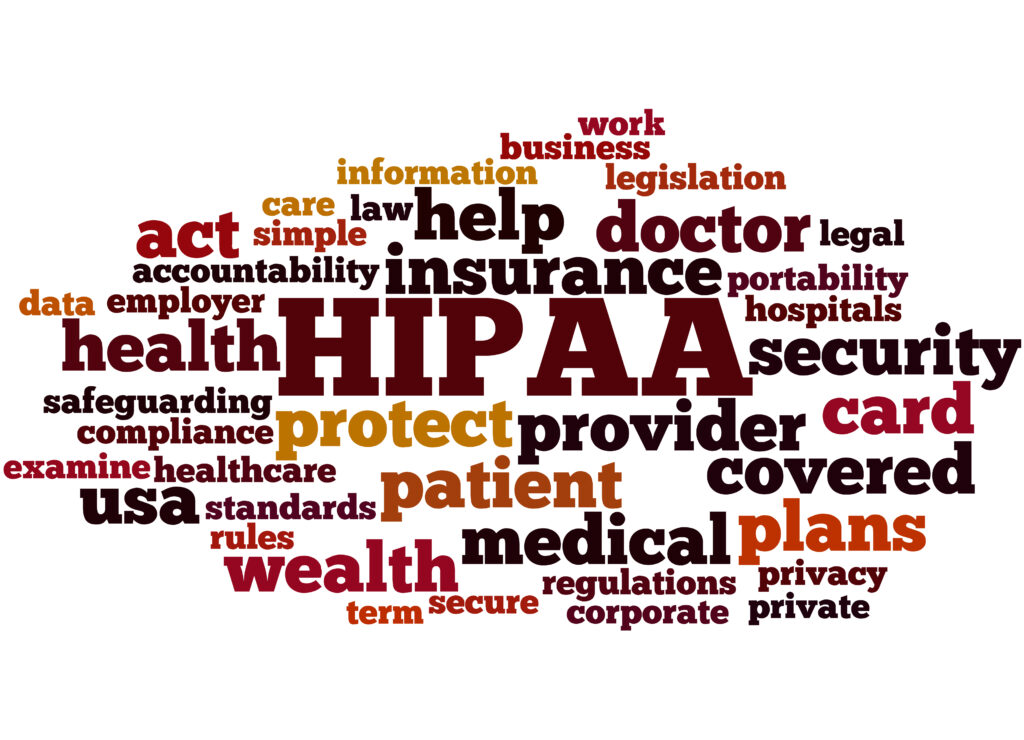HIPAA Sucks

HIPAA Sucks. So this whole year, I told y’all that HIPAA was on the warpath about “Right to Access” cases. They started a “Right to Access Initiative” to go after doctors that are not complying with patients’ request to get a copy of their records. Well, last fall they went specifically after dentists. Click here to […]
